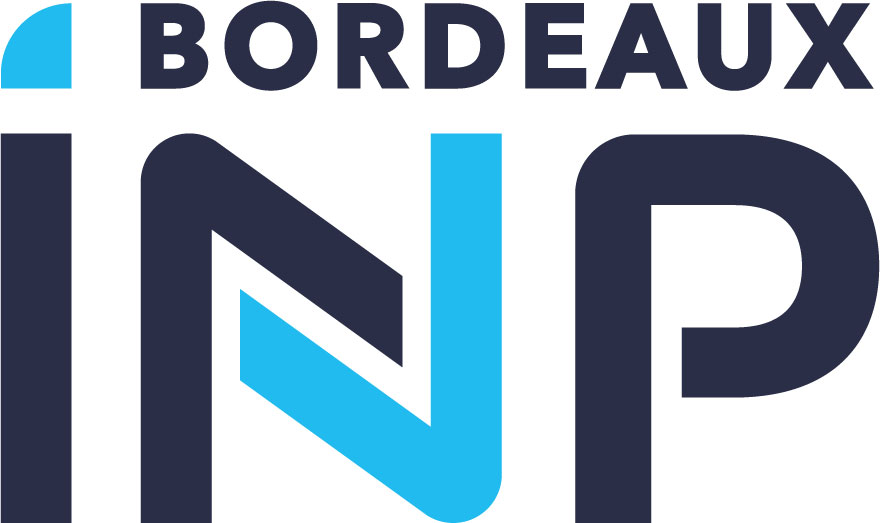IMB > Recherche > Séminaires
Le 12 septembre 2024
à 11:15
Séminaire Images Optimisation et Probabilités
Salle de conférénces
Marc Arnaudon IMB
(proba-stat) Entrelacement, simulation parfaite et diffusions dans l'espace de Wasserstein
Le 3 octobre 2024
à 11:15
Séminaire Images Optimisation et Probabilités
Salle de conférence
A définir A définir
(Maths-IA) A définir
Le 7 novembre 2024
à 11:15
Séminaire Images Optimisation et Probabilités
Salle de conférence
A définir A définir
(Maths-IA) A définir
Le 4 décembre 2024
à 11:15
Séminaire Images Optimisation et Probabilités
Salle de conférence
A définir A définir
(Maths-IA) A définir
Le 6 février 2025
à 11:15
Séminaire Images Optimisation et Probabilités
Salle de conférence
Rémi Gribonval INRIA
(Maths-IA) A définir
Séminaire Images Optimisation et Probabilités
Responsable : Luis Fredes et Camille Male
À préciser...
A définir



